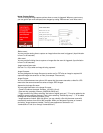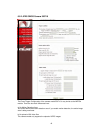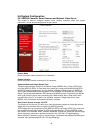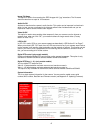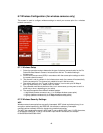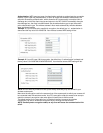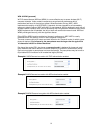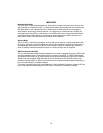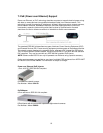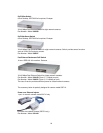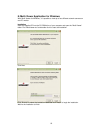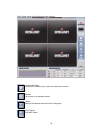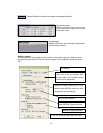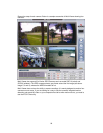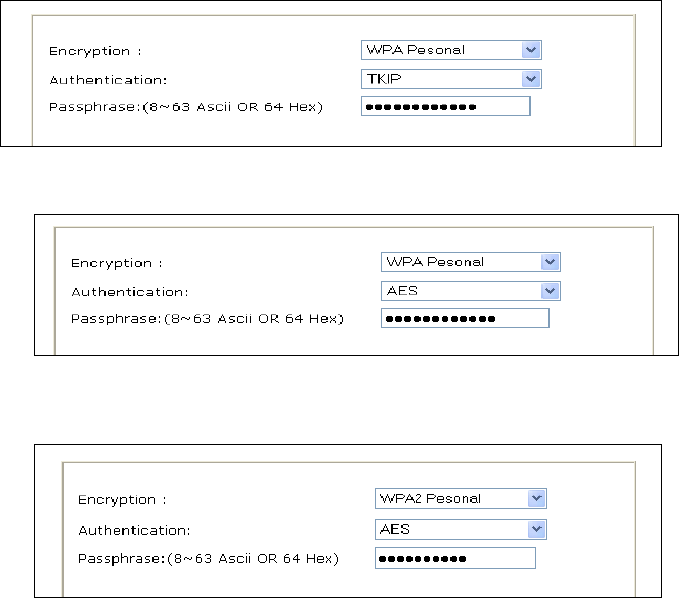
51
WPA & WPA2 (personal)
Wi-Fi Protected Access (WPA and WPA2) is a more effective way to secure wireless (Wi-Fi)
computer networks. It was created in response to several serious weaknesses which
researchers had found in the previous system, Wired Equivalent Privacy (WEP). WPA
implements the majority of the IEEE 802.11i standard, and was intended as an intermediate
measure to take the place of WEP while 802.11i was prepared. WPA is designed to work with all
wireless network interface cards, but not necessarily with first generation wireless access points.
WPA2 implements the full standard, but will not work with some older network cards. WPA and
WPA2 provide good security, with two significant issues:
Either WPA or WPA2 must be enabled and chosen in preference to WEP. WEP is usually
presented as the first security choice in most installation instructions.
The most common choice for homes and small offices is the "Personal" mode, for which a pass-
phrase is required. For full security, the pass-phrase must be longer than the typical 8 to
10 characters in ASCII or 64 hex characters.
Pre-shared key mode (PSK, also known as personal mode) is designed for home and small
office networks that cannot afford the cost and complexity of an 802.1X authentication server.
Each user must enter a pass-phrase to access the network. The pass-phrase may be from 8 to
63 printable ASCII characters or 64 hexadecimal digits (256 bits).
Example 1: WPA Personal encryption with TKIP authentication enabled.
Example 2: WPA Personal encryption with AES authentication enabled.
Example 3: WPA2 Personal encryption with AES authentication enabled.



